At this point in Solar 101, we’ve researched our contractor, found our key hardware, added some accessories, and gotten a feel for system costs. By now, you’re probably wondering how to take care of your new 25-year investment!
In many ways, a solar power project is like a really nice Lego set. There are a few components that are unique (inverters and disconnects for instance), but it’s mostly a bunch of repeating pieces assembled according to an engineer’s instructions.
But don’t allow the simplicity to catch you off guard: Your solar power project will need some TLC.
Due to the strategic emergency benefits that solar power provides, the Federal Emergency Management Agency produced a document on the topic – Rooftop Solar Panel Attachment: Design, Installation, and Maintenance. The guide’s primary focus is on the proper installation and upkeep of nuts and bolts, in order to defend against wind events.
When Tesla had its own rooftop fire issues with Walmart, it was likely a result of faulty connections between solar panels. Per the lawsuit, incompatible electrical connectors may have loosened over time, leading to arc faults.
In prior contributions to pv magazine USA, former Navy nuclear engineer Lawrence Shaw recommended thermal scans of solar panels and routine checkups of their connections.
Another consideration: when a solar system goes down, it’s usually due to a faulty inverter. An analysis by kWh Analytics found that 80% of all solar plant downtime is a result of failing inverters.
Solar O&M comes down to mechanical rooftop connections, electrical solar panel connections, panel and connection temperatures, and inverters. So, how do we keep up with everything?
Plans of attack
The first line of defense is a solar workmanship warranty. In many states, contractor law mandates that consumers get a one-year workmanship warranty on a solar installation. If any of the issues already mentioned come up, your contractor will visit the site and fix them.
DIY’er… If you’re handy, the most affordable option is monitoring and making repairs yourself. Naturally, this presents challenges. You will need to safely climb on your roof, understand electricity, and use hand tools properly. You’ll also need to learn how to diagnose solar inverter issues. If there are true hardware or connectivity issues, you will need to reach out to your solar contractor or an electrician to do the final repairs. Always remember that solar repair work involves multiple hazards, including the risk of falls and electric shock or electrocution that can result in serious injuries and even death.
Electrician services a la carte… If you trust your contractor’s work and have a good relationship with them or a local electrician, you can pay on an as-needed basis as issues arise. You should invite an experienced tech to do a site visit at least once a year for spot checking and bolt tightening.
This sort of a la carte structure puts an important piece of work in your lap: observing your system’s ongoing electrical generation. As the homeowner, you will need to make sure you check on your solar power project’s phone app, web interface, or the wall units to verify your system’s electricity generation numbers. You’ll also want to look into the performance of individual solar panels. If you forget to do this and fuses pop or the inverter shuts down, you can easily lose weeks of electricity generation.
If you liked your contractor and they did a good job during that first year, then the standard one-year workmanship warranty can be extended almost indefinitely, for a price. A service agreement by the original contractor or by a third-party electrician also can be purchased to accompany that warranty.
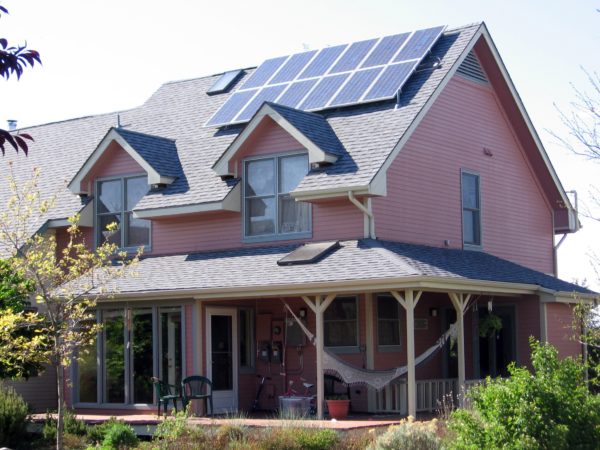
Image: NREL/Namaste Solar
The service agreement should include regular observation of your solar power system via its remote access tools. It should also include annual onsite visits to perform spot checks, retighten bolts, and test connectors. In dusty environments, your panels may also need a regularly scheduled cleaning.
If the extended workmanship agreement doesn’t jive with you and your original contractor, don’t sweat it. Plenty of electricians are willing to take over a one-year workmanship warranty and offer a full service package (after an inspection).
The guaranteed production and O&M package…If you own your own system and don’t want to worry about anything — including your project’s return on investment — there is one higher level of service agreement that can be purchased. Omnidium offers a full warranty on your solar system, including all hardware and services needed, plus a guarantee that your system will generate 95% of the approved contractor’s estimates. And if your system doesn’t meet those projected numbers, the company will pay you the difference.
These services require a one-time startup fee and an annual payment. Your local electrician may still be the one doing the work on your project, but you’ll always have someone watching your system; someone who is legally bound to ensure it generates a certain amount of electricity.
The truth is, most solar power systems are fairly stoic and work for many years without drama or grievance. Choosing a good contractor from the get-go, and giving her or him the chance to build a solid, well thought-out system, will likely be your number one long-term safety factor.
This content is protected by copyright and may not be reused. If you want to cooperate with us and would like to reuse some of our content, please contact: editors@pv-magazine.com.
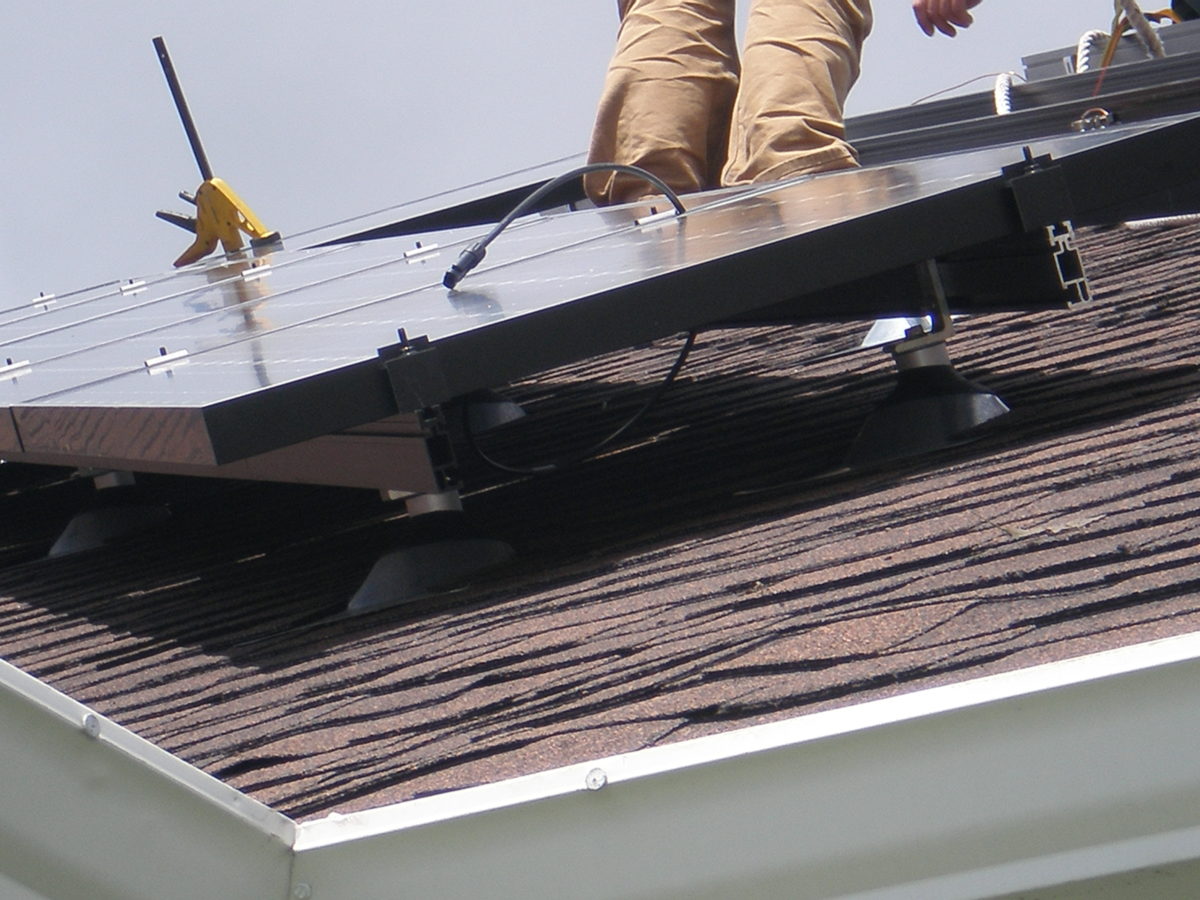
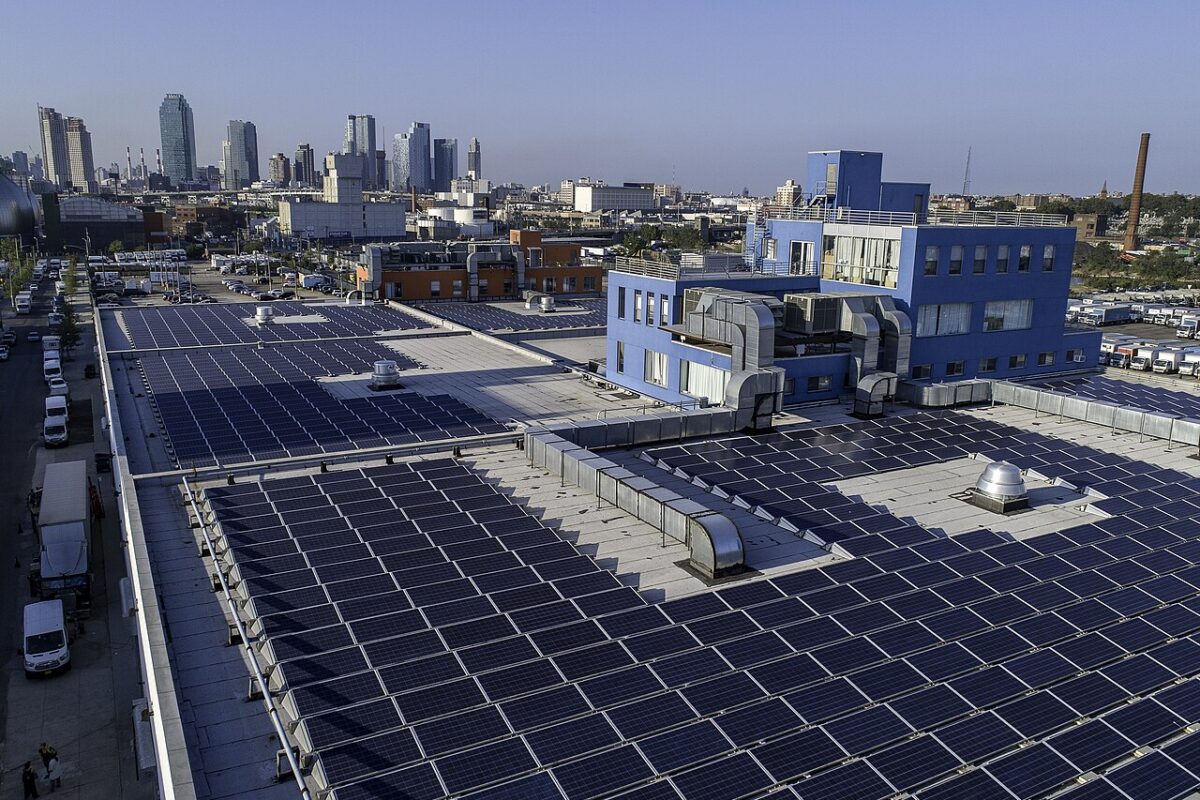




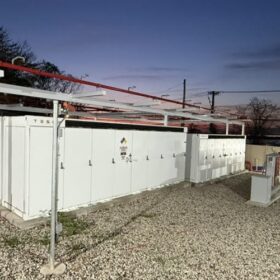
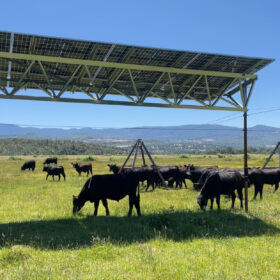
I would like to offer an additional item for the PV owner’s do-list.
Keep abreast of new equipment, features, and regulations for PV. (Or chat with your solar consultant now and then.) Temperatures are now routinely measured. Arc faults are now detected. Trends are observed right in the inverter. Every year, improvements are made that add to the effectiveness and robustness of PV systems. Despite the expectation of long-term value from an investment, it may be worth upgrading equipment in order to take advantage of improvements for reliability, repairability and safety.